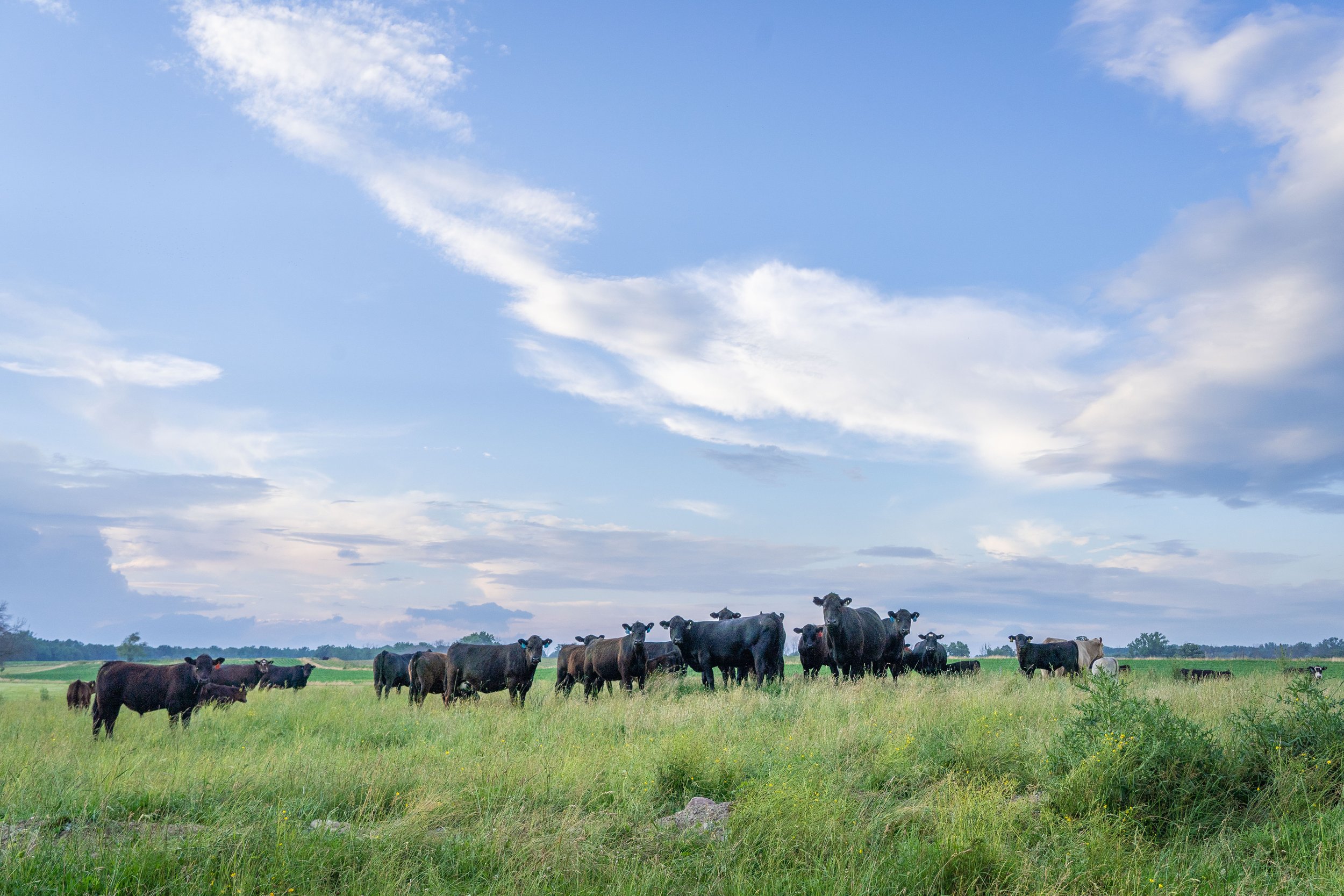Strategic Collaborations for Resilience: Bagley Risk Management
Strategic Collaborations for Resilience: Bagley Risk Management
Blog Article
Recognizing Animals Threat Protection (LRP) Insurance Policy: A Comprehensive Overview
Browsing the realm of livestock danger defense (LRP) insurance can be a complicated venture for lots of in the farming field. This kind of insurance uses a safeguard versus market changes and unanticipated circumstances that might impact animals manufacturers. By understanding the ins and outs of LRP insurance, manufacturers can make enlightened choices that may protect their procedures from financial dangers. From just how LRP insurance functions to the numerous coverage options available, there is much to discover in this comprehensive guide that could potentially shape the method animals manufacturers come close to threat administration in their businesses.

Exactly How LRP Insurance Policy Functions
Occasionally, comprehending the auto mechanics of Animals Threat Protection (LRP) insurance coverage can be complicated, yet damaging down just how it functions can provide clarity for farmers and ranchers. LRP insurance is a risk management tool developed to safeguard livestock producers against unanticipated rate decreases. It's vital to keep in mind that LRP insurance policy is not an earnings warranty; rather, it focuses only on price threat defense.
Qualification and Coverage Options

When it pertains to coverage options, LRP insurance uses manufacturers the versatility to pick the coverage level, coverage period, and endorsements that ideal fit their danger administration needs. Coverage degrees usually range from 70% to 100% of the expected ending worth of the insured livestock. Manufacturers can likewise pick protection durations that straighten with their production cycle, whether they are guaranteeing feeder livestock, fed cattle, swine, or lamb. Recommendations such as price risk defense can even more tailor protection to protect against damaging market variations. By recognizing the eligibility criteria and insurance coverage options available, animals manufacturers can make informed choices to handle threat efficiently.
Advantages And Disadvantages of LRP Insurance
When evaluating Animals Danger Protection (LRP) insurance, it is necessary for animals producers to weigh the advantages and drawbacks inherent in this danger management device.

One of the primary advantages of LRP insurance is its capability to supply security versus a decrease in animals rates. Additionally, LRP insurance provides a degree of versatility, allowing producers to customize coverage levels and policy periods to match their specific needs.
One restriction of LRP insurance policy is that it does not safeguard versus all kinds of dangers, such as condition episodes or natural disasters. It is essential for manufacturers to meticulously analyze their specific risk exposure and financial scenario to establish if LRP insurance policy is the ideal risk administration device for their operation.
Comprehending LRP Insurance Coverage Premiums

Tips for Making The Most Of LRP Advantages
Making best use of the advantages of Animals Danger Security (LRP) insurance coverage needs strategic planning and proactive threat management - Bagley Risk Management. To make the most of your LRP protection, think about the complying with ideas:
Consistently Analyze Market Problems: Keep notified regarding market patterns and price changes in the animals sector. By keeping track of these elements, you can make enlightened choices about when to purchase LRP protection to safeguard versus potential losses.
Establish Realistic Coverage Levels: When choosing protection levels, consider your production prices, market price of animals, and possible dangers - Bagley Risk Management. Setting reasonable protection levels makes certain that you are properly safeguarded without paying too much for click here for info unneeded insurance
Expand Your Protection: Rather of counting only on LRP insurance policy, think about diversifying your risk management approaches. Combining LRP with other threat monitoring tools such as futures agreements or choices can offer extensive coverage versus market uncertainties.
Review and Readjust Insurance Coverage Routinely: As market problems alter, periodically assess your LRP protection to guarantee it straightens with your existing threat direct exposure. Adjusting insurance coverage levels and timing of acquisitions can aid enhance your threat protection technique. By adhering to these suggestions, you can optimize the advantages of LRP insurance policy and protect your animals procedure against unpredicted risks.
Verdict
In verdict, animals risk defense (LRP) insurance policy is a useful tool for farmers to handle the economic risks connected with their livestock procedures. By recognizing how LRP functions, qualification and coverage choices, as well as the advantages and disadvantages of this insurance, farmers can make enlightened decisions to secure their livelihoods. By very carefully thinking about LRP costs and implementing strategies to optimize advantages, farmers can reduce potential losses and guarantee the sustainability of their operations.
Livestock manufacturers interested in acquiring Animals Risk Protection (LRP) insurance policy can explore an array of qualification standards and coverage options tailored to their particular livestock operations.When it comes to protection choices, LRP insurance policy uses producers the versatility to select the protection level, protection period, and recommendations that finest fit their danger administration requirements.To understand the details of Livestock Risk Defense (LRP) insurance policy totally, understanding the variables affecting LRP insurance coverage costs is critical. LRP insurance policy costs are Get More Information identified by various aspects, consisting of the coverage level picked, the anticipated cost of livestock at the end of the coverage duration, the kind of animals being insured, and the length of the insurance coverage duration.Testimonial and Adjust Coverage Routinely: As market conditions change, regularly evaluate your LRP protection to guarantee it lines up with your present risk direct exposure.
Report this page